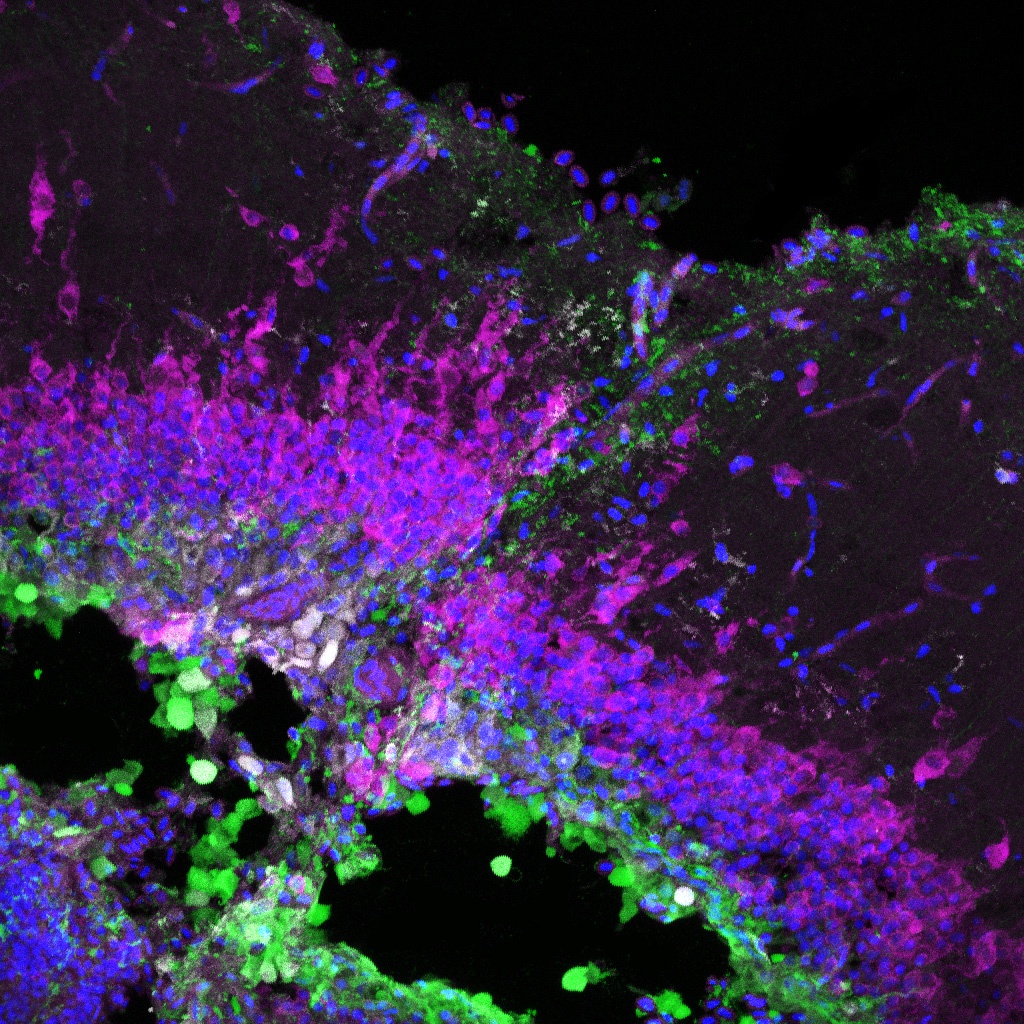The research focus of the Lindsey Lab is to understand the context-dependent behaviour and regulation of distinct neural stem cell populations from birth to senescence, with learning and environmental interactions, and during the regenerative process following injury or with neurodegenerative disease. Along with maturation of the stem cell niche, and plasticity and animal behaviour; one of our research themes at the Lindsey Lab is neural stem cells and repair.
Uncovering how successful CNS regeneration occurs will open the door to novel therapeutic strategies to improve the quality of life and recovery of human patients suffering from neurodegenerative diseases or neurotrauma. The remarkable regenerative capacity of the zebrafish model compared with many other vertebrates has the potential to bring us closer to this goal. Both the brain and spinal cord of the zebrafish display a lifelong regenerative capacity, owing to different stem cell populations. However, recent work has shown that not all stem cells in the zebrafish have the same ability to generate new neurons following injury. Whether this is a result of the innate “blueprint” of distinct stem cell populations or the niche micro-environment remains unclear. The Lindsey Lab is interested in understanding the neural regenerative potential of different neural stem and progenitor subclasses and their connection with the local stem cell niche and immune response.





